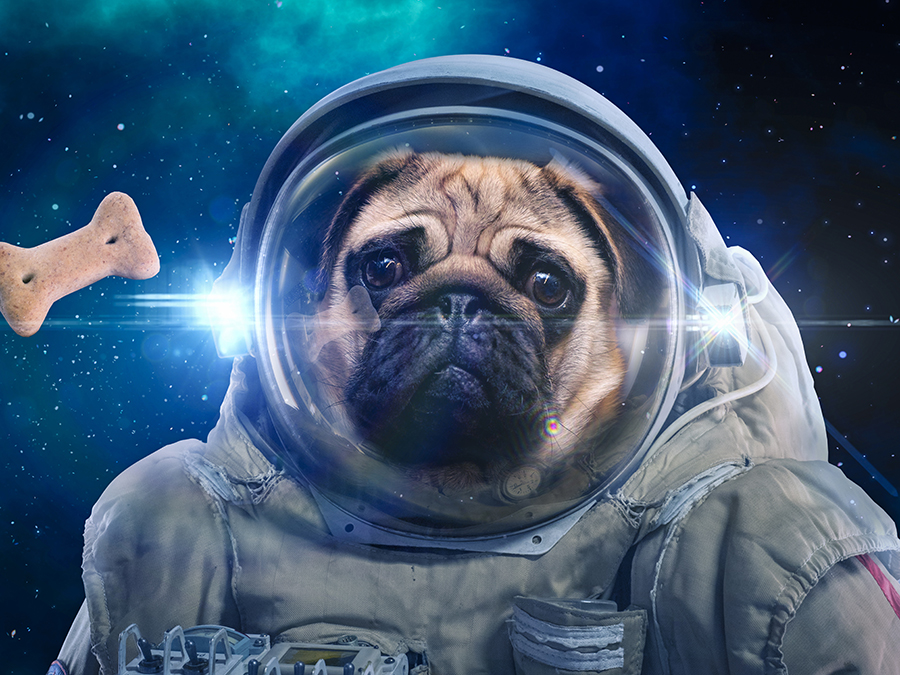Humans have long gazed into the darkness of space and fantasized about space travel and its infinite opportunities. In fact there are inscriptions and hieroglyphs dating back some thousands of years that purportedly represent space travel and other modes of airborne travel…however, the credibility of such hieroglyphic interpretation has been questioned and it seems that these graffiti artists were perhaps ahead of their time.
Nevertheless, space travel has evolved and progressed since Russia sent its first cosmonaut, Yuri Gagarin, hurtling into orbit with the Vostok 1 spacecraft in April 1961.
The USA saw this achievement as a challenge and a wake-up call and thereafter, at President Kennedy’s urging, the National Aeronautics and Space Administration (NASA) pursued an aggressive space program culminating in a manned landing on the moon in 1969, when Neil Armstrong famously announced to a spellbound world, “The Eagle Has Landed”.
The next truly noteworthy (paying) human foray into space was the “bargain-basement” joyride by Dennis Tito aboard a Soyuz spacecraft that docked with the International Space Station (ISS) in 2001. For this ultimate space tourist, the price was a reported twenty million U.S. dollars. The last of these Soyuz jaunts was experienced by Guy Laliberté, the co-founder of Cirque du Soleil, in 2009…this definitely was not a circus act!
Fast-forward to a very different space race today. With the (then) pending retirement of the space shuttle program and its associated manned missions, various individuals and entities saw the opportunity to develop and introduce space-travel capable vehicles that are currently exploring the commercial aspects of space travel, with both human and cargo payloads.
 These space-travel programs are realizing the dreams of some influential deep-pocketed thinkers, namely Jeff Bezos, Elon Musk and Sir Richard Branson. These three billionaires each have a singular vision for their programs and while all three are approaching space travel using differing techniques, the commonality between all three is that the programs are nimble, soundly financed and extraordinarily creative….(unfortunately the same cannot be said for NASA).
These space-travel programs are realizing the dreams of some influential deep-pocketed thinkers, namely Jeff Bezos, Elon Musk and Sir Richard Branson. These three billionaires each have a singular vision for their programs and while all three are approaching space travel using differing techniques, the commonality between all three is that the programs are nimble, soundly financed and extraordinarily creative….(unfortunately the same cannot be said for NASA).
In no particular order;
BLUE ORIGIN
The goal of Blue Origin’s “New Shepard” program is to provide space tourists with a glimpse of earth from above….wayabove. These Blue Origin flights will take space tourists, (six at a time), above the Karman Line, which is commonly considered as the boundary between earth’s atmosphere and outer space, at one hundred kilometers above the earth, (that’s sixty two miles high), then drop these six intrepid voyeurs gently back to earth under a trio of parachutes …a feat perhaps deserving of some karma?
In fact the name “Blue Origin” is derived from the earth as seen from space (blue) and the earth as the origin. Extrapolating this word association, “New Shepard” is a tribute to Alan Shepard, the first American in space.
Blue Origin is also launching New Glenn, which will carry commercial payloads into orbit around the earth. One of its first customers will be Telesat, an advanced global LEO (low earth orbit) satellite constellation that will provide fiber-optic-like broadband services anywhere on earth. This is good news if you live in the Gobi Desert…these desert dwellers will have a head start because the Gobi plateau is at five thousand feet above sea level.
Did we mention that these booster rocket systems and their capsules are reusable? This is all part of the plan for long-term cost containment, however, at present, this little project is costing Jeff Bezos a billion dollars per year, of his own money.

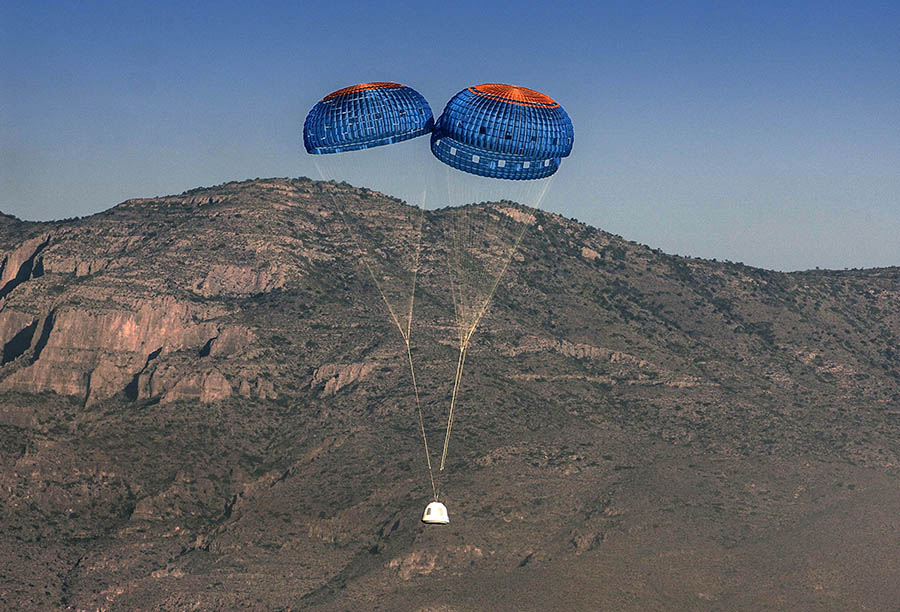


SPACEX
If there was to be an award for showmanship at the helm of these cutting-edge innovative space exploration and commercialization projects, then Elon Musk is a top contender for the award.
Established in 2002, SpaceX is fundamentally a cargo-carrying space program and has seen its fair share of “ups and downs”. That said, SpaceX’s capabilities are, at least at present, a little further along than other programs, but without the human transportation element.
Elon Musk’s showmanship notwithstanding, the SpaceX rocket boosters are extremely sophisticated and payload capable. The Falcon 9 and Falcon Heavy have successfully completed numerous missions into orbit and they are also part of the elite “reusable” club. Despite some spectacular and very public booster-landing accidents, the Falcon 9, (designated as such because it utilizes nine rocket motors for redundancy), has successfully placed a number of satellites in space orbit.
SpaceX works in close collaboration with NASA and performs vital resupply missions to the ISS. It’s latest “heavy-lift” cargo rocket, the Falcon Heavy has the same thrust as twenty seven Boeing 747’s and can loft a load into orbit that equates to the gross weight of a Boeing 737 at take-off…a phenomenal achievement for a private space rocket company.
Last, but not least, in the SpaceX arsenal is the Dragon, a free-flying spacecraft that, earlier this year, successfully docked with the ISS, the first private American spacecraft to accomplish this feat. Dragon is pressurized and can therefore deliver sensitive cargo both to and from the International Space Station.
Which brings us to our final comment on SpaceX’s endeavors; In 2023, SpaceX will launch its first space tourist, and the lucky first ticket was bought by a Japanese billionaire, Yusaku Maezawa. The cost of this ‘around the moon’ shot has not been disclosed, but doubtless would otherwise buy a parking-lot-full of Tesla Model S sports cars. SpaceX has described this upcoming moon shot as “an important step toward enabling access for everyday people who dream of travelling to space.”…”everyday” people indeed !
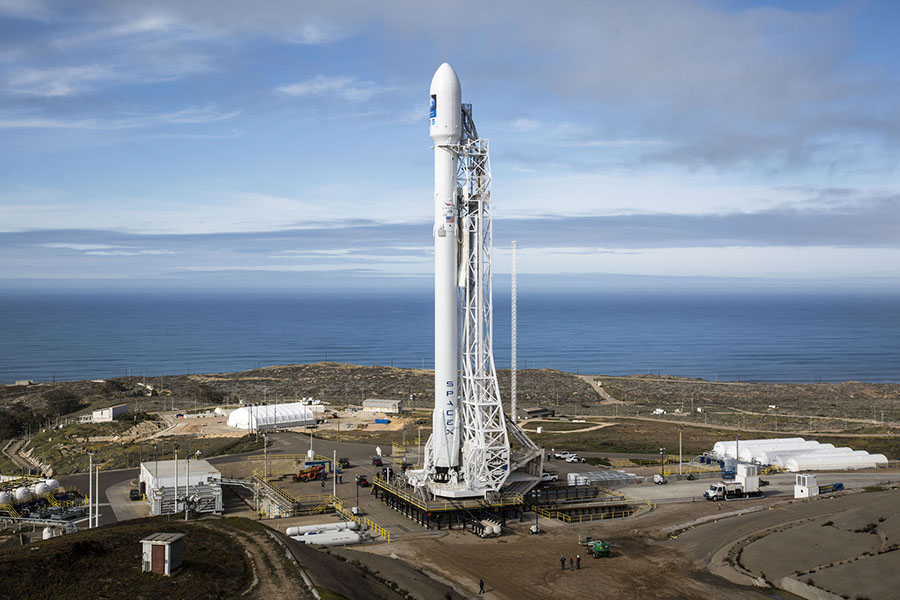


VIRGIN GALACTIC
This program is funded and supported by one of the greatest entrepreneurs of our time…Sir Richard Branson, himself also cut from the same cloth as Elon Musk…and PT Barnum.
Richard Branson’s entrepreneurial beginnings started at the age of 16 when he published a youth-culture magazine called Student(after dropping out of Stowe School). The magazine led to a record company, then retail stores, then an airline and now a commercial space venture…the commonality being the name “Virgin”.
Virgin Galactic was founded by Branson in 2004, with the goal of flying space tourists up to that magical sixty-two mile high club. Virgin Galactic opted for a base in New Mexico, (thanks toa combination of state tax rebates and fine weather) which now boasts the world’s first commercial spaceport.
The basic concept for Virgin Galactic is to launch a space-tourists-carrying spaceship (SpaceShipTwo)from the belly of the mother ship (WhiteNightTwo)…with the result being akin to a rocket-assisted slingshot. The latest iteration of SpaceShipTwo is VSS Unitythat is currently progressing through a series of supersonic flight tests.
These flight tests will culminate, in the very near future (July this year), with the launch of the aforementioned Sir Richard Branson as Virgin Galactic’s first official passenger. So far…so good; SpaceShipTwo has reached 55.87 miles above Earth and reached a speed of Mach 3…(three times the speed of sound, which, at sea level, would be 2,310 miles per hour!)
It’s worth mentioning that, although space purists consider 62 miles high (the Karman Line) to be the edge of space, the commonly accepted boundary between earth’s atmosphere and outer space, (for commercial reasons), is considered to be only 50 miles high…but who’s counting, anyway ?

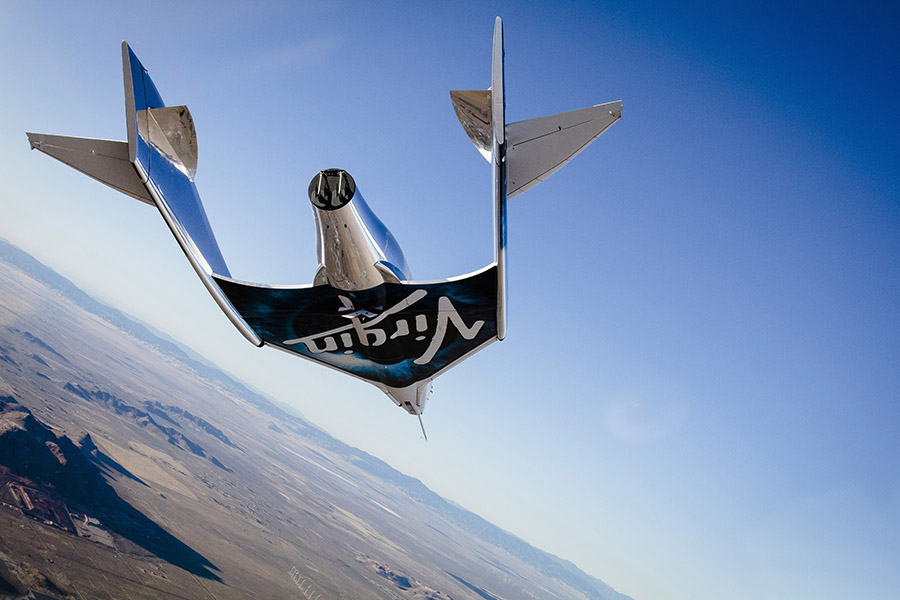


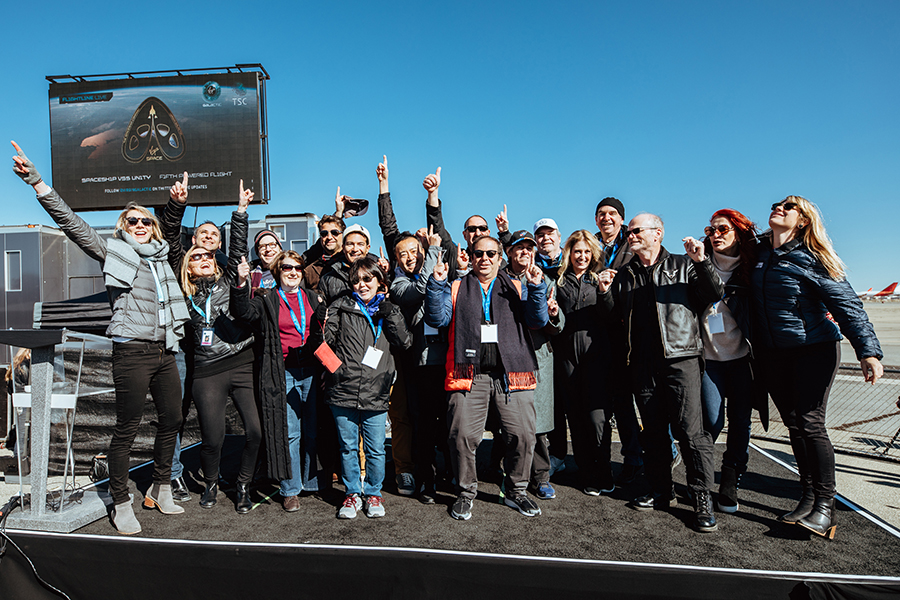
OTHER SPACE TRAVEL PARTICIPANTS
There are a number of other companies pursuing various entrées to space travel;
Axiom Spacehas plans to replace the ISS with its own commercial space station (the ISS is scheduled to be retired in 2028) and dock a module with the ISS by 2021. Thus far Axiom has confined its activities to in-orbit research and manufacturing in the weightless and sterile environment of space.
Orion Span intends to construct a luxury space hotel, the “Aurora Station”, beginning construction sometime in 2021. However, the mode of transportation for delivering hotel space guests to their luxury space suites has yet to be figured out…and oh, did we mention that the per capita cost for a twelve day mission on board Aurora Station is projected to be $9.5 million. This is cheaper than Denis Tito’s jaunt into space aboard Soyuz, but that tidy sum would buy a lot of joyrides on SpaceShipTwo at a mere quarter million dollars per slingshot.
Space Adventures has, in the past, partnered with Roscomos to send paying space junkies to the ISS. Unfortunately, since 2009, the “no rooms available” sign has hung outside the ISS main hatch. However, Space Adventures is currently offering trips to watch a Soyuz launch and trips in a ‘zero-G’ environment. Probably exciting trips, but a little down scale with the “sizzle” factor.
I have a personal favorite in this space race and for good reason; back in 1984, Virgin Airlines flew its inaugural flight from Gatwick airport in the UK to Newark, NJ, USA. On arrival, Richard Branson stood on the de-boarding steps and poured champagne over himself, ever the showman! I had bought a ticket on the return flight to Gatwick…(seat belt? …what seat belt ?), it was quite the party !
So, I’m cheering for Sir Richard and his VSS Unity and beyond…now, where do I buy thatslingshot ticket?
